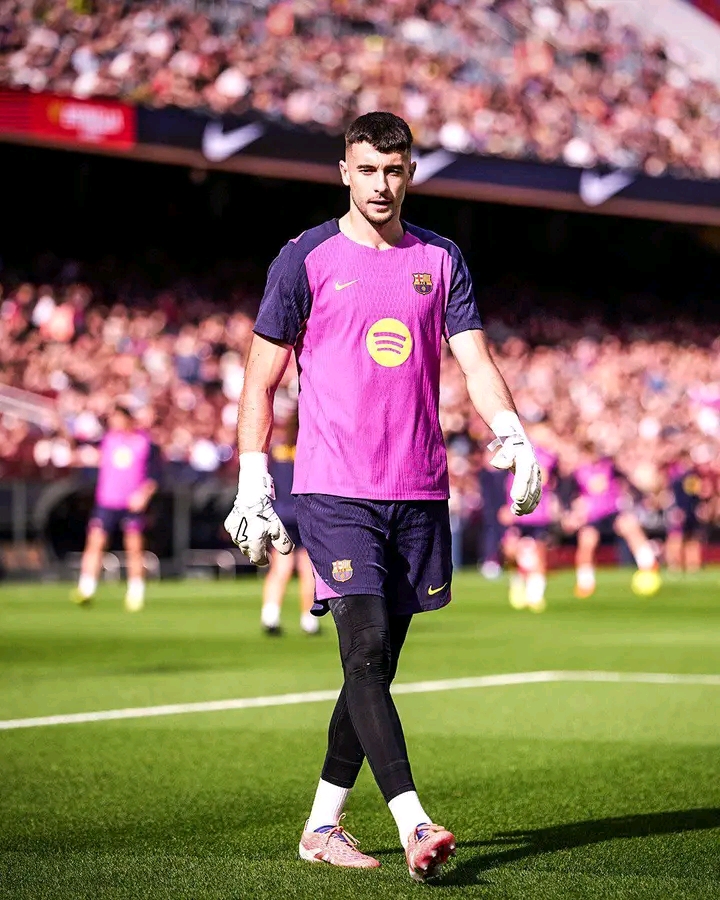In the intricate tapestry of Kenya’s history, few figures have shaped the nation’s political destiny as profoundly as Raila Amollo Odinga. Born on January 7, 1945, in Maseno, Kisumu County, Raila grew up in the shadow of his father, Jaramogi Oginga Odinga,a stalwart of Kenya’s independence struggle and a man who never shied away from speaking truth to power. From an early age, Raila’s world was immersed in the ideals of justice, resistance, and resilience, values that would later define his own turbulent political journey.
Early Life and Political Awakening
Educated in East Africa before advancing his studies in engineering in East Germany, Raila’s life initially seemed destined for a career in academia or technical expertise. He returned to Kenya to teach at the University of Nairobi and later ventured into business. Yet politics was already written into his DNA. The Odinga household was more than a family home; it was a hub of political discourse and defiance against colonial and postcolonial authoritarianism.
By the early 1980s, Raila’s political leanings became more pronounced. His open sympathies with reformist movements and his association with activists placed him squarely on the radar of the Moi regime. This marked the beginning of his life as both a political leader and, time and again, an exile.
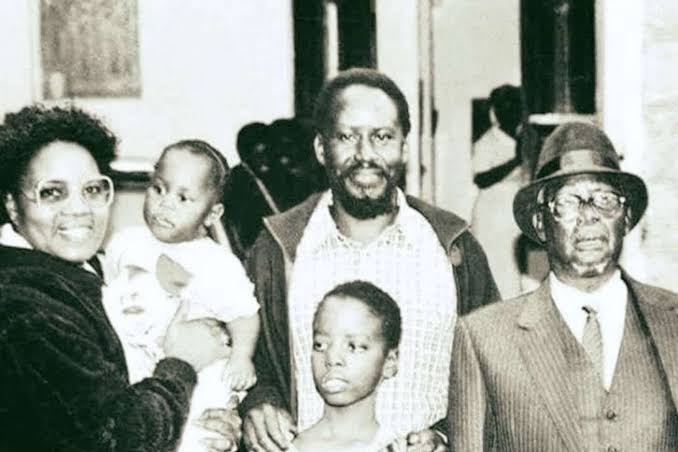
The Detained and Exiled Politician
Perhaps the clearest marker of Raila’s status as an “unwanted exile” was his repeated imprisonment. After the attempted coup of 1982, Raila was accused of involvement in planning and supporting the mutiny. Though never tried in open court, he was detained without trial for six long years. Locked away in solitary confinement for much of that time, Raila endured psychological torment and isolation, cut off from his family and the world. It was exile within his own country — silenced, erased, yet never broken.
During this period, his young children grew up with the memory of visiting their father behind bars more often than seeing him at home. His wife, Ida Odinga, became both mother and father to their family, all while living under constant police surveillance. Neighbors recalled that plainclothes officers were almost permanently stationed outside their home, a reminder that the family’s suffering was part of Raila’s punishment. Ida once remarked, “Our family lived in fear, but Raila never showed fear himself.”
His release in 1988 did not end the persecution. In 1989 he was detained again for involvement in clandestine pro-democracy activities, this time for almost a year. In 1990, following the assassination of Foreign Affairs Minister Robert Ouko, Raila was once again arrested and detained for months. These cycles of imprisonment not only symbolized political exile but also forced his family to live in constant fear. His wife, Ida Odinga, shouldered the burden of raising their children while under constant surveillance.
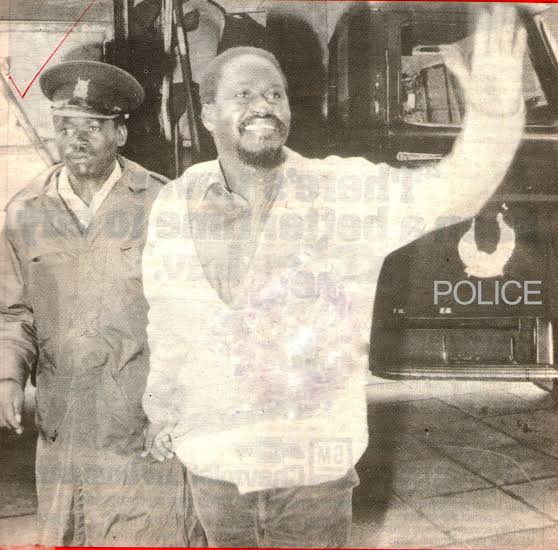
By 1991, the atmosphere became too hostile. Raila narrowly escaped a government crackdown, slipping across the border into Uganda in disguise. From there, he sought refuge in Norway. This marked his first true exile abroad. In Norway, Raila openly criticized Moi’s regime and campaigned internationally for democracy in Kenya. But exile came with loneliness and loss: he was far from home, family, and the people he longed to serve.
Close allies recall that Raila spent many nights abroad sleepless, longing for home but knowing that return could mean imprisonment—or worse. These experiences left an indelible mark. Raila later reflected that exile taught him the price of freedom: “The isolation and loneliness of exile force you to make peace with yourself. You realize that the struggle is bigger than one man, bigger than your comfort, bigger than your pain.”
The Political Rollercoaster
When multiparty politics was reintroduced in 1992, Raila returned from exile and joined the Forum for the Restoration of Democracy (FORD). He quickly rose in prominence, becoming a nominated MP the same year. In 1997, he won the Lang’ata Constituency seat, marking the beginning of a long parliamentary career that lasted until 2013.
Raila’s presidential bids—2007, 2013, 2017, and 2022—turned him into a central figure in Kenya’s democratic evolution. The 2007 election was especially decisive. Declared the loser to Mwai Kibaki in a disputed process, Raila’s rejection of the results triggered one of the darkest moments in Kenya’s history: post-election violence that left over 1,000 people dead and hundreds of thousands displaced. Yet even in this turmoil, Raila played a pivotal role in negotiations that birthed the Grand Coalition Government. As Kenya’s second Prime Minister (2008–2013), he oversaw reforms culminating in the promulgation of the 2010 Constitution.
Still, his journey to that office was never linear. Every step forward was shadowed by reminders of exclusion and exile: state-sponsored violence against his supporters, court battles, and delegitimization by rivals. At times, even members of the political class who had once stood beside him distanced themselves, leaving him politically isolated—a form of internal exile within the very system he had fought to reform.
Exile in Political Defeat
The theme of exile resurfaced sharply after the 2017 elections. Raila successfully petitioned the Supreme Court to nullify the presidential results—a historic first in Africa. But when the Independent Electoral and Boundaries Commission (IEBC) failed to reform before the rerun, Raila boycotted the repeat poll. This decision placed him in a peculiar position: celebrated as a defender of democracy by his supporters, but once again pushed outside the official political order.
His symbolic “swearing-in” as the “People’s President” at Uhuru Park in January 2018 was defiance in the face of political exile. The government branded it treasonous, forcing several of his allies into hiding or exile abroad, and briefly revoking his passport. Raila himself was placed under tight surveillance, his every move watched. It was exile without bars—a forced alienation from formal power structures despite his undeniable mass support.
Those close to him recall the tension of those days: allies arrested, communication lines cut, and Raila often moving under heavy watch. For his supporters, this reinforced the image of a man constantly pushed to the margins yet refusing to surrender.
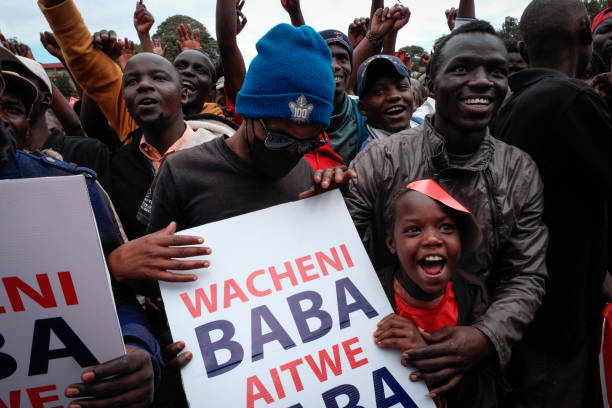
The tension only eased after the famous “handshake” between Raila and President Uhuru Kenyatta in March 2018, which momentarily drew him back into the political mainstream. Yet for many, it was proof that Raila’s entire career has oscillated between exile and acceptance, rejection and reconciliation.
Wanted by the People
Despite being branded an exile by governments and rivals, Raila Odinga has remained wanted by the people. His rallies draw crowds across ethnic and regional divides. His image has become a symbol of resistance, and his persistence inspires generations who see in him a man willing to endure prison, exile, and rejection for the sake of Kenya’s democratic future.
Beyond politics, Raila has championed peace and reconciliation, particularly after the 2007/2008 violence. He has also played roles internationally, including as the African Union High Representative for Infrastructure, working to unify Africa through regional projects. His ability to stand on global platforms and still resonate with the ordinary Kenyan boda-boda rider or market trader reflects a rare balance between statesmanship and grassroots connection.
Legacy of Resilience
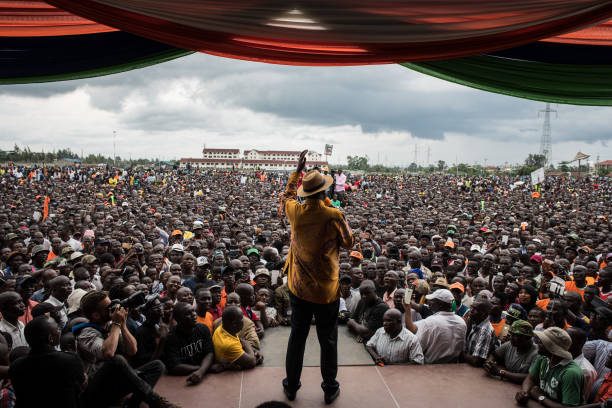
Looking back, Raila Odinga’s life reads like a political odyssey—a man constantly walking the fine line between power and exile, between rejection by the state and embrace by the people. His resilience has become his greatest legacy. Every detention cell, every period of exile, every electoral defeat has only deepened his resolve to fight for an inclusive and just Kenya.
As he once said, “We must continue to push for reforms, to push for a Kenya that is inclusive, that is equitable, and that is just.” These words echo not just his philosophy, but his lived experience of exile, resistance, and rebirth.
Major Milestones in His Political Career
1982–1988: Detained for six years without trial after coup attempt
1989–1990: Detained again during Moi’s crackdown on activists
1991: Fled into exile in Uganda, later Norway, during political persecution
1992: Returned, nominated Member of Parliament
1997: Elected MP for Lang’ata Constituency
2007: Presidential election dispute; Grand Coalition Government formed
2008–2013: Prime Minister of Kenya
2010: Key architect of Kenya’s new Constitution
2013: Presidential candidate; lost to Uhuru Kenyatta
2017: Supreme Court nullifies presidential results; boycotts rerun
2018: “People’s President” swearing-in; later handshake with Uhuru Kenyatta
2022: Presidential candidate; lost to William Ruto
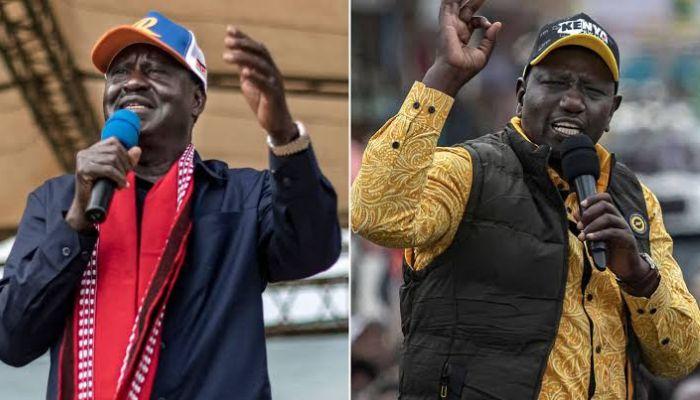
Raila Odinga remains one of the most consequential figures in Kenya’s modern history. To his critics, he is an “unwanted exile,” too radical, too defiant, too unwilling to bow to the status quo. To his supporters, he is the people’s champion, a resilient leader who has sacrificed personal comfort for the nation’s democratic future. Whether in detention, in exile abroad, or in political opposition, Raila has never abandoned the struggle. His legacy will endure as a reminder that true leadership is measured not by the positions one holds, but by the convictions one refuses to surrender.


